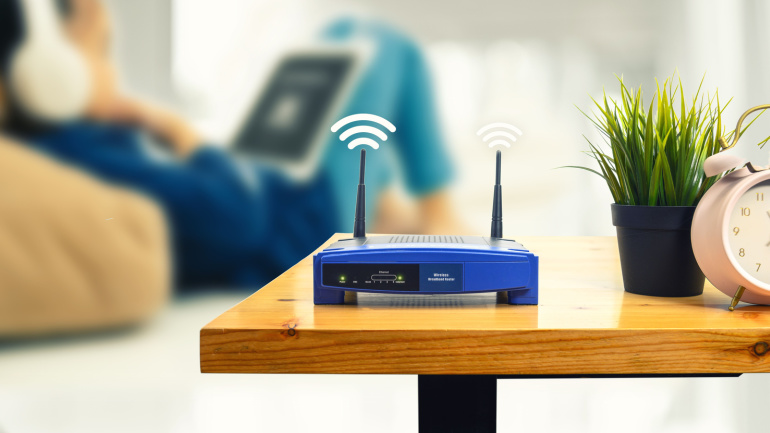The future of telecommunications is rapidly changing thanks to the surge of Internet of Things (IoT) connections, with an anticipated 142 million 5G IoT roaming connections by 2027. This evolution promises increased speeds, reduced latency, and advanced services, setting the stage for a demand surge in standalone-specific 5G roaming agreements. However, despite these advancements, most connected devices will continue utilizing LTE-M and NB-IoT networks due to their compatibility with mixed traffic. A major hub for 5G IoT roaming is Western Europe, anticipated to host 21% of all such connections by 2027.
Witness an intriguing experiment as three major European telecom leaders dive headfirst into field-testing the European Union’s digital ID scheme, dubbed ‘Potential’. An initiative that aims to streamline identity verification across 19 EU nations, it brings to our digital life convenience, efficiency, and the promise of enhanced security. However, it’s not without its challenges -potential data leaks, risks of stringent gatekeeping and concerns over invasive surveillance.
Emerging as a benchmark for sustainability, Vodafone negotiates a massive 410 Gwh photo-voltaic energy deal yearly with renewable firm Iberdrola, aiming at operations in Germany, Portugal, and Spain. This agreement, an expansion on their existing partnership, likely opens doors to further renewable initiatives. Vodafone’s commitment towards an eco-friendlier future radiates, from charging points for electric vehicles at their primary facilities in Spain to ensuring customers’ benefits from 100% renewable purchased electricity.
A fresh structure designed to secure EU data housed in the US has been implemented, but disputes persist surrounding the safety of EU data during transatlantic transfers. While the EU sees the potential of unwarranted surveillance by US security forces, the US finds it challenging to alleviate these suspicions. Despite concerns raised by privacy activists, notable tech powerhouses like Facebook are in favor of this framework, thinking it’ll protect essential goods and services. This leaves a potent question around the future of data protection lingering in the air.
Telecom alliance Alaian is partnering with chip manufacturer Qualcomm to empower start-ups specializing in Extended Reality (XR). The alliance, comprising of seven telecom giants along with towerco Cellnex, targets initiatives involving metaverse, virtual platforms, and various services or applications from all over the globe. Despite a lukewarm response to the metaverse and the disappearance of mixed reality from the limelight, the conglomerate remains optimistic. Future XR experiences can greatly benefit from the expertise and resources provided by co-operating with Qualcomm.
As the UK’s fibre landscape intensifies with rising competition, leading players are racing to expand gigabit-capable broadband nationwide. Noteworthy, alternative network providers, referred to as “AltNets”, are displaying proactive strategies to swiftly deploy networks. On the other hand, traditional companies are recognising opportunities in fibre rollout, as seen in Openreach’s pricing approach of their wholesale lines.
Dive into the world of high-speed internet connectivity with over 500,000 premises now experiencing 10Gbps speeds using XGS PON fibre infrastructure and welcome news of future expansion plans. A remarkable achievement for Netomnia, this latest success marks just the beginning of their journey towards connecting one million homes by 2024. Central to these ambitions is the goal to cater to underserved rural and less-resourced sectors, revolutionising connection experiences across the UK.
Speculations are intensifying concerning a potential merge between Dish Network and EchoStar. Recent developments fuel questions about the strategic motivations behind this corporate ‘re-marriage’. Despite Dish’s financial burdens and shrinking customer base, it’s making strides in mobile network expansion, while EchoStar’s strong financial standing and plans for a global 5G network radiate growth.
Allegations were made last week against Vivacom, a Bulgarian telecommunications company owned by United Group, by A1 Group and PPF Group. The Bulgarian Commission on Protection of Competition (CPC) had granted Vivacom permission to acquire Networks-Bulgaria and several other smaller Bulgarian telecoms, sparking concerns within the industry.
At the recent “5G Business Dialogue” during MWC Shanghai 2023, industry champions pondered on the positive impact of 5G adoption four years after its commercial introduction. Notably, it now makes up 10% of total revenue for China’s three providers. Furthermore, Enhanced Mobile Broadband (eMBB) services are noting considerable success due to swift user migration and industrial digitization. Innovation strides such as the Naked-eye 3D and 5G New Calling reflect the telecom sector’s future. However, with increasing Pan-Asian 5G uptake, the dialogue also ventured into the idea of “5.5G”, envisioned as a natural progression from its precursor. It’s intriguing to anticipate further transformative innovations within this industry.













